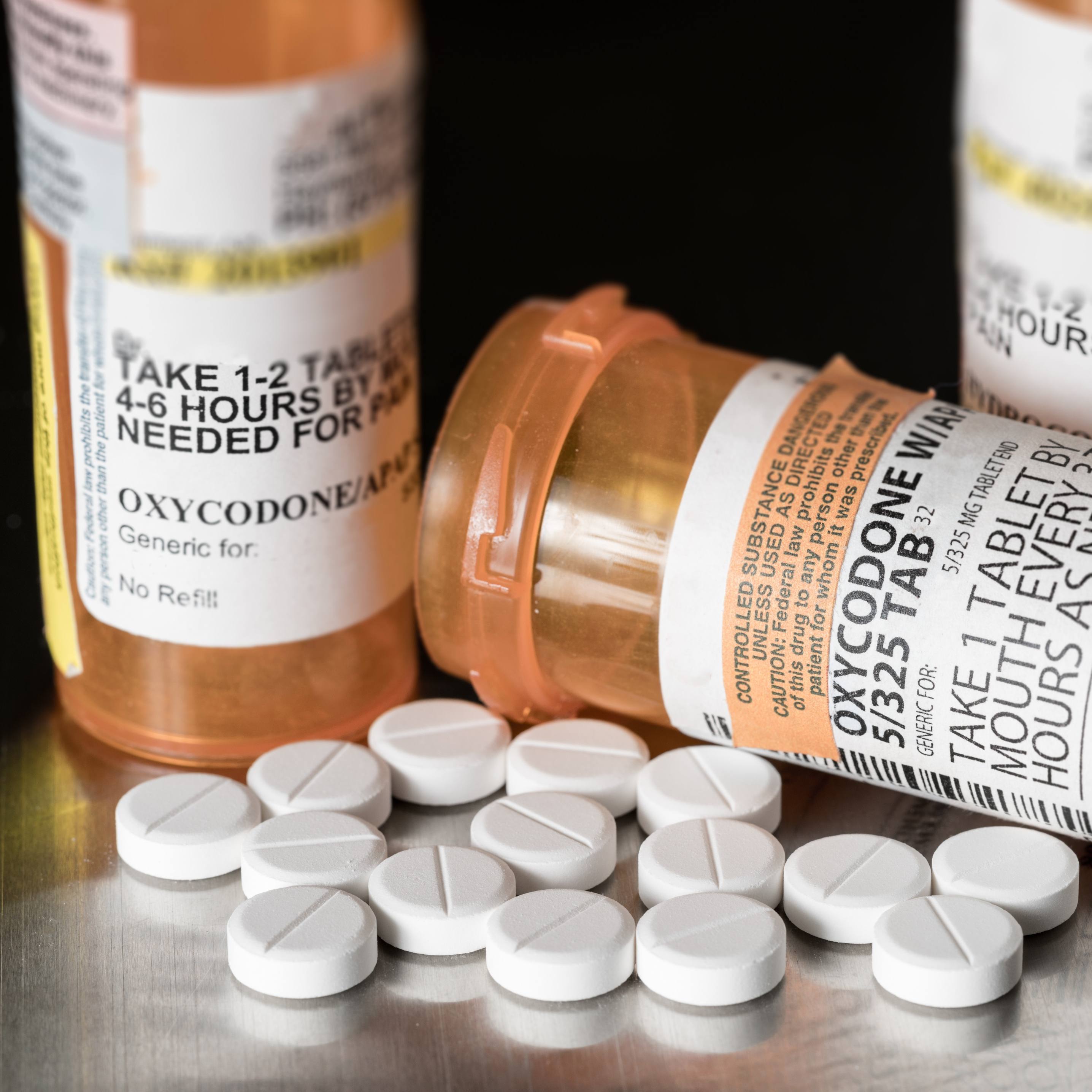-
Health & Wellness
Lump or Swelling in Scrotum — Even Without Pain — Should Be Examined by Doctor
Lump or Swelling in Scrotum — Even Without Pain — Should Be Examined by Doctor
September 2, 2011
Dear Mayo Clinic:
I am 71 and recently noticed a lump in my scrotum. It doesn't hurt, but I am a bit concerned it is cancer. What else could cause this?
Answer:
A lump or swelling within the pouch of skin (scrotum) that holds your testicles, or even near your testicles, may not cause harm or even need to be treated. But it is still important you see your doctor so that he or she can determine what is causing the lump. For older men, it's not necessarily cancer. It's uncommon for men over 40 to develop testicular cancer — and even more rare in men over 65. However, numerous other problems can cause scrotal lumps (sometimes termed masses).
Diagnosing the cause of a scrotal mass often can be done based on the signs and symptoms it's causing and the location and feel of the mass. Additional visualization is usually done with ultrasound imaging, and by viewing the mass while shining a bright light through the scrotum (transillumination). Urine or blood tests may be done to test for a bacterial or viral infection.
Causes of relatively painless lumps may include:
Varicocele — This is an enlargement of the veins that carry oxygen-depleted blood away from scrotal tissues. Most varicoceles occur on the left side of the scrotum. Less commonly, they occur on both sides. They may not cause symptoms and often don't require treatment.
When a varicocele causes symptoms, they are usually felt as a dull ache in the scrotum that is more noticeable when standing and goes away when lying down. Treatment of problem varicoceles typically involves sealing off the enlarged veins with a minimally invasive surgical procedure.
Hydrocele — This occurs when fluid accumulates within the tissue layers that surround the testicle (tunica vaginalis). Typically, hydroceles begin small and enlarge slowly over time. They are usually harmless with painless swelling the only sign.
However, they can become quite large and tense, leading to discomfort and making it difficult for your doctor to examine your scrotum for other problems. Treatment of a problematic hydrocele involves surgical removal of the tunica vaginalis. Draining the hydrocele won't work, as it will quickly refill.
Spermatocele — This is a fluid-filled bulge (cyst) that occurs on an area of tissue (epididymis) at the top of the testicle that stores and transports sperm. Surgical removal of the cyst isn't necessary unless it becomes bothersome.
Testicular cancer — Although rare, testicular cancer can occur in older men, usually as a painless lump on the testicle that may be accompanied by a dull ache or sense of heaviness.
It's important to know that pain in this area — with or without a scrotal mass — typically signals the need for emergency care, as certain causes of pain can begin to cause permanent tissue damage within hours of the start of pain.
Even if you're not experiencing pain or other symptoms, any scrotal mass should be examined by a doctor for accurate diagnosis and treatment.
— Todd B. Nippoldt, M.D., Endocrinology/Metabolism, Mayo Clinic, Rochester, Minn.
Related Articles







